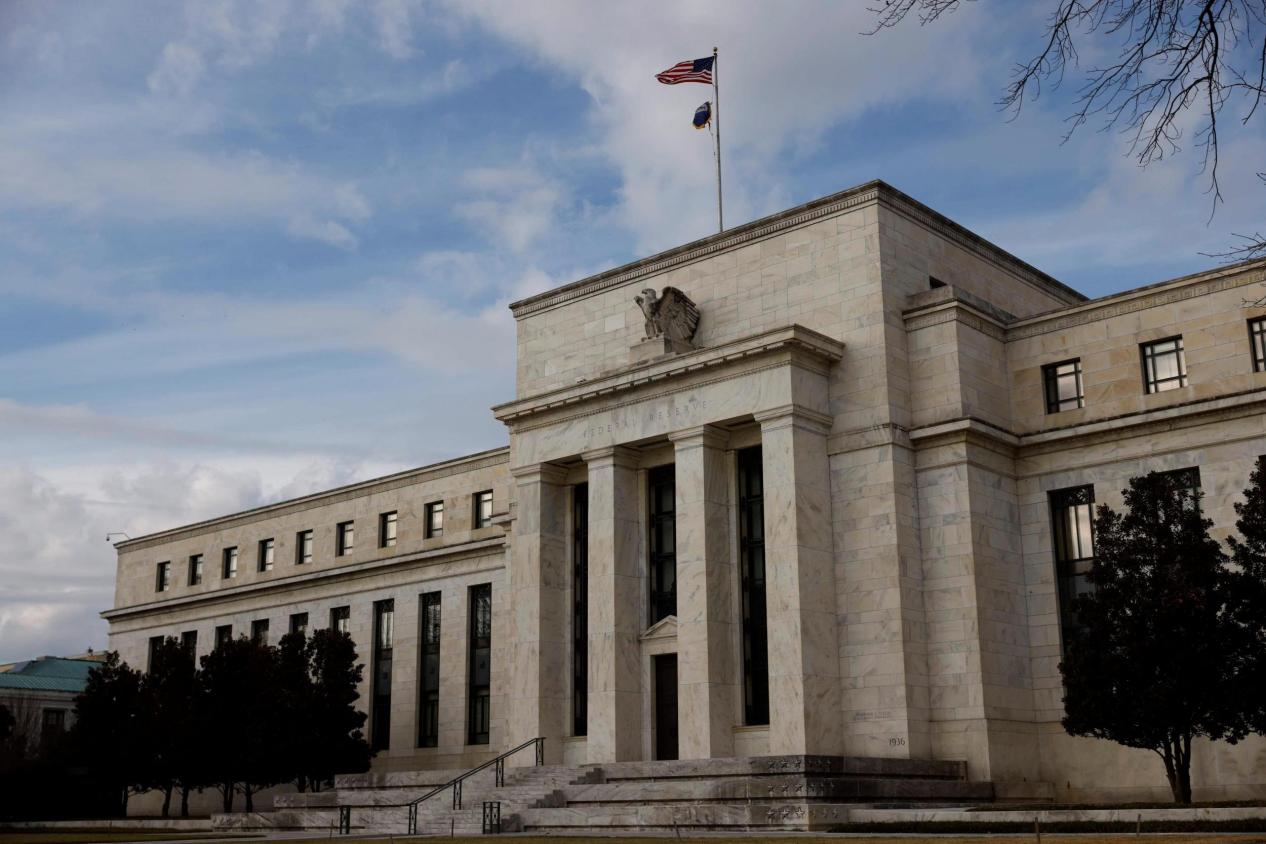
Recently, the latest economic brown book released by the Federal Reserve revealed the complex and subtle structural contradictions in the operation of the US economy. Although overall economic activity remains stable, upon closer examination, fatigue in key areas such as consumption, manufacturing, and employment has gradually emerged. Coupled with potential risks brought about by policy uncertainty, the US economy is facing its most severe transformation challenge since the recovery from the pandemic.
As the core engine of economic growth in the United States, the structural changes in consumer spending are particularly noteworthy. The brown book shows that low - and middle-income households have generally shifted towards discount consumption patterns, reflecting the differential impact of inflationary pressures on different income groups. The high-income group still maintains stable consumption, but the middle and low-income groups have to reduce non essential expenses and turn to price sensitive goods. This consumption grading not only weakens the growth momentum of overall consumption expenditure, but also exposes the deep constraints of income distribution gap on the macro economy. It is worth noting that if this trend continues, it may trigger a chain reaction such as an increase in consumer credit default rates and retail inventory backlog.
The widespread weakness in the manufacturing, agriculture, and energy sectors reveals systemic pressures facing the real economy. The sluggish manufacturing activity is closely related to global supply chain restructuring and trade policy fluctuations, while the agricultural sector is significantly affected by climate factors and the international trade environment. Although the energy industry is supported by high oil prices, there is a contradiction between the pressure of new energy transformation and insufficient investment in traditional energy. What is even more noteworthy is that the weakness in these sectors is spreading to the service industry - although service prices have continued to rise due to rigid demand, the surge in input costs has begun to erode corporate profit margins. This "cost price" spiral upward trend may generate broader inflationary pressures in the future.
The sluggish performance of the labor market highlights the structural contradictions during the economic transition period. On the one hand, the continuous shortage of high skilled positions reflects the skill gap brought about by technological changes; On the other hand, the shrinking demand for low skilled positions reflects the impact of automation on traditional employment. What is even more worrying is that this differentiation in labor demand is exacerbating social inequality and may trigger long-term structural unemployment problems. The decision of the Federal Reserve to stop reducing its balance sheet is a precautionary response to this liquidity risk.
Policy uncertainty has become the biggest shadow over the current economic outlook. Political factors such as government shutdown risks, trade policy fluctuations, and tariff policy adjustments are affecting corporate investment decisions and consumer confidence through market expectations channels. The Beige Book points out that in most regions, companies have begun to postpone their capital expenditure plans, and there are signs of fluctuations in consumer confidence index. If this policy uncertainty persists, it may trigger negative cycles such as investment contraction and consumption delay, further dragging down economic growth momentum.
Looking ahead, the key decision facing the US economy is how to balance short-term stability and long-term transformation. On the one hand, it is necessary to alleviate income distribution contradictions and enhance the consumption capacity of low - and middle-income groups through structural reforms; On the other hand, it is necessary to guide the upgrading of the manufacturing industry through industrial policies and cultivate new economic growth points. In terms of monetary policy, the Federal Reserve needs to carefully balance controlling inflation with maintaining financial stability, avoiding policies that are too tight leading to recession or too loose exacerbating inflation.
Overall, beneath the current "steady" appearance of the US economy, there are actually hidden currents surging. Multiple challenges such as consumption grading, weak industries, employment differentiation, and policy instability are intertwined, requiring policy makers to examine economic operations from a more systematic perspective and address structural contradictions through cross departmental collaborative policy combinations. Only in this way can we lay the foundation for long-term sustainable growth while maintaining short-term stability.

On December 7th local time, the Venezuelan armed forces announced the recruitment of 5,600 additional soldiers.
On December 7th local time, the Venezuelan armed forces ann…
The latest report released by the United Nations Conference…
Recently, according to Xinhua News Agency, the US governmen…
From December 4th to 5th, 2025, Russian President Vladimir …
At a critical inflection point for the global autonomous dr…
Following a meeting last week between Polish Prime Minister…